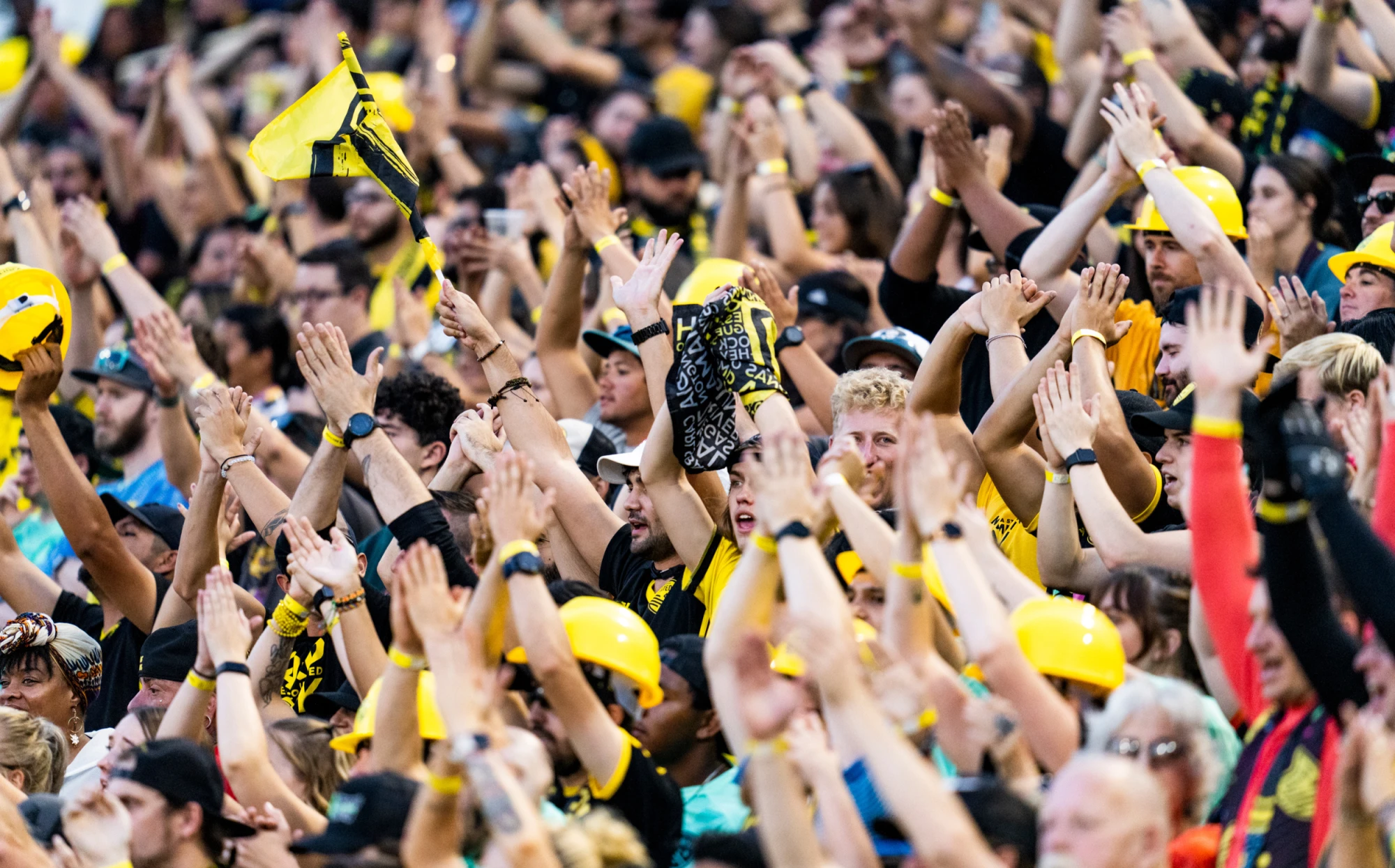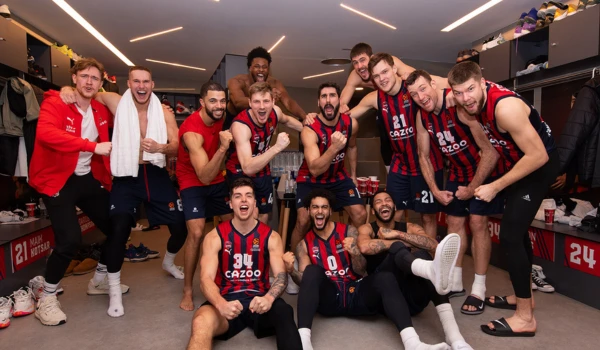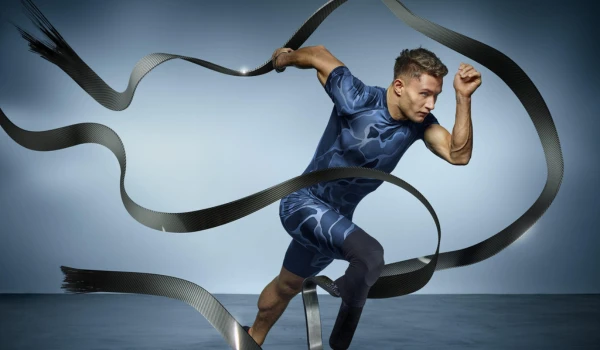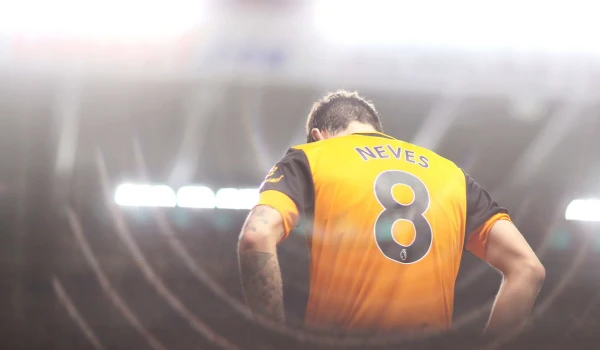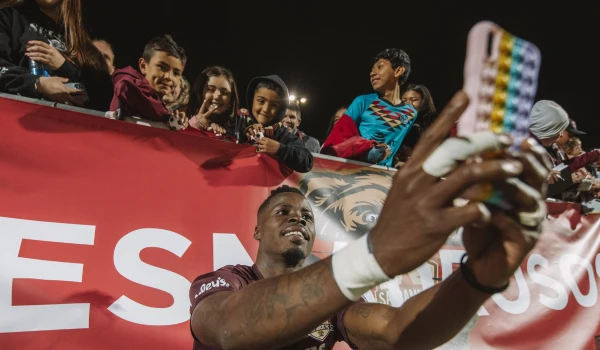The relationship between fan and club has changed over the last decade to evolve into a complex ecosystem that has pushed organisations to engage with their supporters through more than just their stadium.
Organisations as media brands
Sports clubs have started to become media brands. From Amazon’s All-or-Nothing’s series with Manchester City, Tottenham Hotspur and Arsenal, to extravagant sponsor collaborations and club-made documentaries, the need to engage fans has grown exponentially over the past few years, as fans become more displaced and decentralised. The majority of a club’s fans are no longer present in the stadium; instead they’re spreading their fandom on social media and engaging across a host of platforms. The ultimate subject remains the same however, the sport.
This evolution has contributed to a higher standard of content, where clubs look to leverage their assets to amplify their brand and capitalise on their image. The objective? Engage their fans with great creative content to forge a larger community while also benefiting both the club and their partners. Easier said than done. Storing assets is hard, and creating great content out of them even harder.
How can organisations engage their fans more directly?
Generation Z and Alpha are different. Not to say bad, but they’re certainly on a different wavelength when it comes to fan engagement. This offers sports organisations the opportunity to innovate and find solutions for a generation where only 24% believe that watching live games is an important part of being a fan. The solution, although touted by many, does not lie in engaging fans through dedicated club apps as it overlooks the intrinsic aspect of fandom: rivalry.
In order to capture this, organisations must make use of the huge ecosystem at their disposal. Social media. It sounds so simple. It’s not. Socials allow clubs to engage with their fans, that’s the ‘what’. What about the ‘how’?
Three pillars drive engagement on social media. Timing, quality and format. The ability to combine all three, knowing when to post that quality content on the right channel, will drive engagement. Moreover, targeting your fans where they already are, is the best way to engage them. We created a link-in-bio so clubs can collect content directly from their fans and hold contests to engage. Easy as U G C.
How can organisations leverage their ambassadors?
Trust the source eh? The final aspect to consider is the source of the content. The club will always be trusted but fans idolise players more than anyone. The rise of influencer marketing has seen players designated as the ultimate ambassadors for sports clubs, with certain signings driving a spike or drop in followers simply because a player has arrived (e.g., Youcef Belaïli with Stade Brestois) or left (e.g., Ronaldo with Juventus). A squad of players will almost always have an aggregated following larger than the club itself, such as Orlando City’s players’ following, which is nearly 15 times bigger (Instagram: 378K vs 5.8mill) than the club’s follower base. Optimising the process of providing these ambassadors with quality shareable media assets allows organisations to fulfil both the timing and quality pillars.
About ScorePlay
ScorePlay is your best-in-class media solution that provides an automated architecture to centralise, distribute, and classify your digital assets, whether photos, videos, or live broadcasts. We are transforming sports organizations, automating their creative processes and growing their brands and unlocking new revenue. We are the bridge to the future of sports storytelling, from content capture to fan consumption. Automate. Grow. Unlock.
Credits
Photo credit: Real Betis
